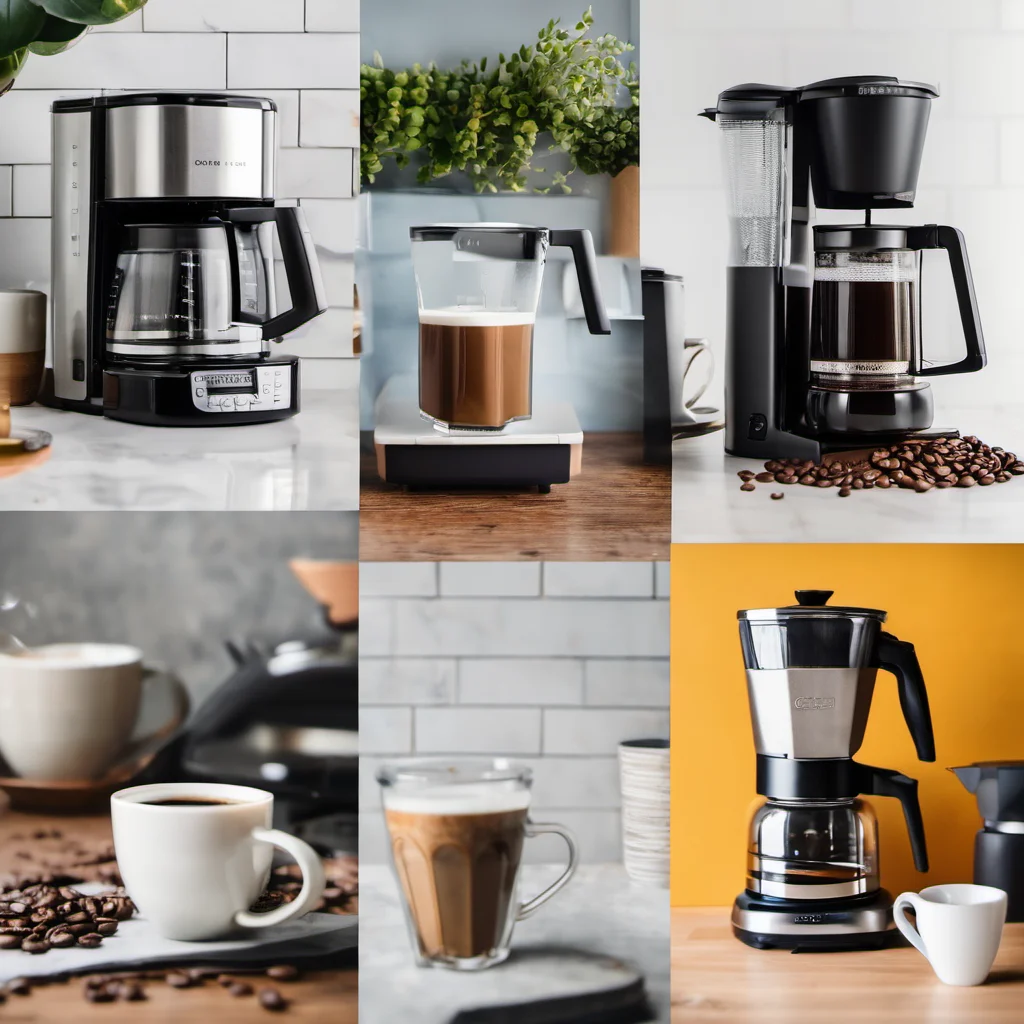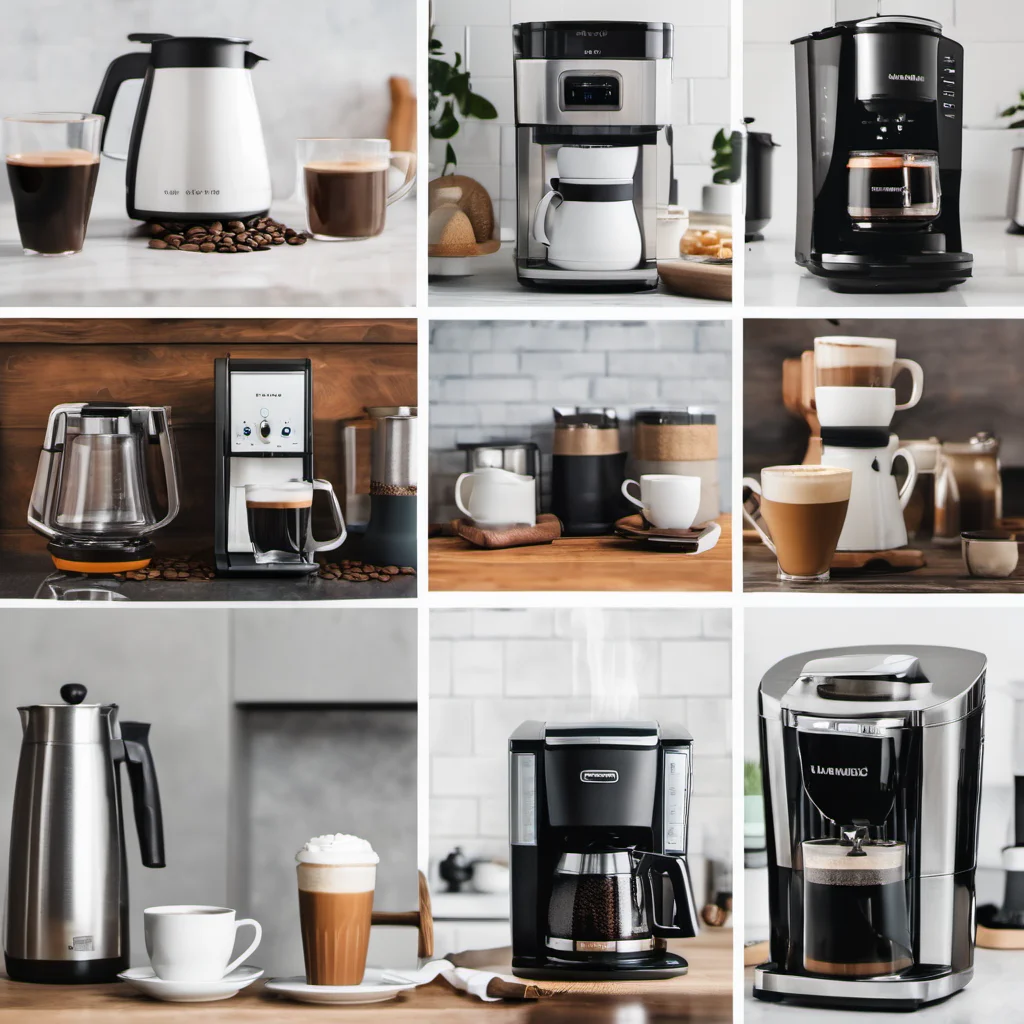As an Amazon Associate I earn from qualifying purchases.
That first cup of coffee in the morning is a ritual for many households. But over years of daily use, wear and tear on your coffee maker can take its toll. So when should you start considering an upgrade to a new machine?
This comprehensive guide will walk you through everything you need to know about how long do coffee makers last. We’ll cover the typical lifespan for popular styles of coffee makers, maintenance tips to extend the life of your machine, clear signs indicating when it’s time to replace your old coffee maker, and how to shop for a quality model that will last.
Factors That Determine How Long Do Coffee Makers Last

Like any small appliance, a number of variables impact how many years of service you can expect to get from your coffee maker:
Frequency of Use
It stands to reason that coffee makers that are used multiple times a day, every day, will wear out faster than those only used occasionally. Heavy use simply means more wear and tear over a shorter period.
A coffee maker in an office that brews pots continuously throughout the workday will deteriorate faster than one used gently by a single-person household to make one morning cup.
Water Quality
The quality of water used in your coffee maker can have a significant influence on its longevity. Hard water with heavy mineral deposits can leave lime and calcium scale buildup within your coffee maker over time. This can clog tubes, spray heads, and internal components.
Using filtered water or distilled water will help prolong the usable life of your coffee machine by reducing mineral deposits. If you live in an area with notoriously hard tap water, a filtered water pitcher can make a big difference.
Cleaning and Descaling
Regular cleaning and descaling (removing mineral deposits) is absolutely crucial for any coffee maker. When coffee machines are neglected without proper cleaning, the buildup of rancid old coffee oils and limescale can rapidly degrade performance and lifespan.
Following the manufacturer’s recommended cleaning and descaling schedule will keep your coffee maker running optimally. For most standard drip coffee machines, a thorough cleaning every couple months and descaling at least 2-4 times per year is advised.
Overall Care and Maintenance
Adhering to the manufacturer’s instructions for proper use and care is key for longevity. This includes using the appropriate grind size for your machine, avoiding overfilling, not letting the hot plate overheat, and following any guidelines for storage when not in use.
Any abuse, misuse, or clearly negligent treatment like leaving old coffee or water sitting for weeks will shorten its usable life. Well maintained coffee makers can last years longer than those treated carelessly.
Quality of Materials
There is no question that the quality of materials have an impact. Coffee makers made completely of cheap plastic components typically have far shorter lifespans than those made using quality metals and parts engineered for longevity.
Solid stainless steel housings along with metal or ceramic interior parts will last longer than lightweight plastic. Well-engineered machines designed for heavy use hold up better than flimsily made budget models.
Reputation of Brand
Reputable coffee equipment brands known for quality and durability typically live up to that reputation with well-made coffee makers engineered to have an extended service life under normal use.
Prestigious brands stake their reputation on creating products utilizing high-grade materials that are rigorously tested for longevity and performance. Cheap off-brand makers tend to use lower quality plastics and parts that fail quicker.
Typical Lifespan of Coffee Maker Types

The history of when were coffee makers invented is very exciting. Now that we’ve covered the factors that influence longevity, what are the typical lifespans you can expect from popular coffee maker styles?
Drip Coffee Makers
The ubiquitous drip coffee machine found in many kitchens will typically last 5-10 years, assuming regular cleaning and maintenance. High-end models may reach 10-15 years.
Drip makers see constant use, accumulation of mineral deposits, and have internal tubes, heating elements, and other parts that wear over time. But with proper care they can brew good coffee for a decade or so before declining.
French Press
A quality French press coffee maker can easily last 5-10 years or more. With no electrical components and just a glass beaker, metal frame, and simple plunger, there are no complex parts to fail or degrade over time.
With proper care, a French press can produce excellent coffee for well over a decade before any wear becomes evident. The simple design is inherently durable.
Percolators
Stovetop percolators have an expected lifespan of around 4-8 years with regular use. The recurring heating cycles and pumping action eventually cause wear on the internal tubing and seal connections.
A percolator has far fewer parts to fail compared to an electric drip machine. But the constant heating slowly degrades the various rubber seals and fittings over time.
Single Serve Pod Coffee Makers
Single-serve pod coffee machines like a Keurig have a shorter lifespan of approximately 3-5 years before they start to decline in performance. Their plastic parts degrade faster with near-constant use.
Being limited to pod-style coffee and reliant on plastic brewing components also limits longevity compared to multi-cup drip coffee machines that use replaceable paper filters.
Espresso Machines
True espresso machines have an average lifespan of 5-15 years depending on the type, quality, and frequency of use. Top-end models used lightly in the home may last 15+ years.
Automatic pump espresso machines tend to last longer than steam-driven ones. But the more automated internals mean more potential parts to fail over time. With backflushing and care, a quality pump espresso machine can pull great shots for well over a decade.
Tips for Prolonging Your Coffee Maker’s Lifespan

Want to keep your coffee maker brewing happily morning after morning? Here are tips for extending the lifespan through proper maintenance and care:
Use Filtered Water
As previously mentioned, filtered water is far easier on coffee makers and helps prevent mineral scale buildup that can degrade performance and lifespan. Use filtered water or consider installing a small inline water filter to remove minerals.
Descale Regularly
Don’t let mineral scale accumulate. Follow the manufacturer’s recommendations for how often to descale your particular coffee maker model. You’ll likely need to descale at least 2-4 times per year depending on water hardness.
Replace Filters
If your coffee maker uses filters like paper filters or charcoal filters, be sure to replace them according to the manufacturer’s schedule. Letting old filters accumulate can allow oily coffee residue to build up.
Follow Cleaning Instructions
Refer to the user manual for your specific coffee maker’s cleaning needs. Soaking interior parts in vinegar, using cleaning tablets, or rinsing with cleansing solutions keeps your machine fresh.
Avoid Overfilling/Overheating
Don’t overfill your coffee maker’s water reservoir, as this can lead to overflowing and leakage. Also avoid letting the hot plate or burner overheat when not actively brewing coffee.
Store Properly When Not In Use
When your coffee maker won’t be used for a period of time, follow any storage instructions in the user manual. Emptying all water, cleaning, and storing in a clean dust-free space helps prevent deterioration.
Consider Occasional Professional Servicing
Most coffee equipment retailers offer professional cleaning and tune-up services for coffee makers every year or two. This can spot potential issues early and keep your machine running like new.
Clear Signs It’s Time to Replace Your Coffee Maker

Despite your best maintenance efforts, every coffee maker will eventually reach the end of its functional lifespan. Here are the top signs indicating your machine is no longer worth repairing and it’s time for a replacement. There are various types of coffee makers from early days to till now modern days.
Brewing Time Slows Down Significantly
If your coffee maker once brewed a full pot in 6 minutes but now takes nearly 12 minutes, that’s a clear red flag. Severely slowed brew times indicate calcification and degradation inside.
Mineral Buildup That Won’t Descale
If descaling solutions no longer have any effect at dissolving clogs and mineral deposits, that’s a sign of irreparable buildup in tubes and parts that affects performance.
Malfunctioning Internal Components
If the pump, heating element, or internal components like tubing and valves fail despite descaling efforts, your coffee maker just may be worn out. Repair costs can approach replacement cost.
The Taste of Coffee is Bad and Deteriorating
If your coffee tastes rancid or just generally bad no matter what you try, your machine is probably too far gone. A worn out coffee maker can’t brew good coffee even with fresh beans and filters.
Visible Corrosion and Damage
Corrosion spots on the warming plate, cracked or warped water reservoirs, and damaged housings or fittings indicate the coffee maker is no longer fit for use.
Safety Hazard
If your coffee maker trips the electrical breaker, gives off burning smells, sparks, or has any other dangerous malfunction, stop using it immediately. Any potential safety hazard necessitates replacement.
As an Amazon Associate I earn from qualifying purchases.

